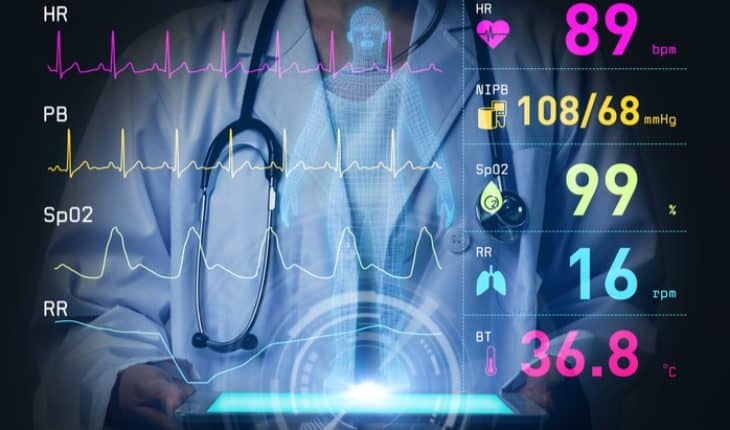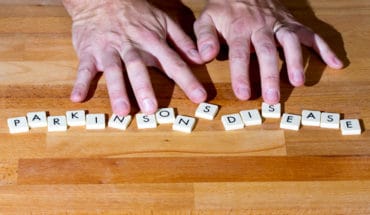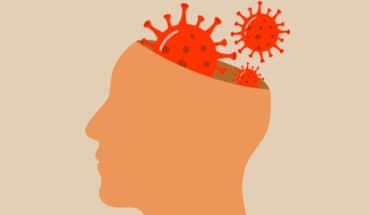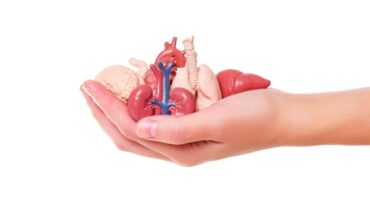In July 2018, Secretary for Health and Social Care, Matt Hancock emphasised the importance of investing in connected solutions for achieving NHS goals “The patient safety agenda is important to me and I strongly believe properly integrated technology has the power further enhance safety and improve outcomes for patients.” Upfront investment in technology can help to reduce waste, giving clinicians more valuable time to spend with patients and reducing medication errors (1).
An area where connected solutions are already being adopted is the field of Vital Signs Monitoring, where technology is being developed to support clinicians in recognising at-risk patients and reducing preventable death. Failure to recognise signs that a patient is deteriorating, for example due to changes in systolic blood pressure or pulse rate, is a key patient safety issue (2). A study published in BMJ Quality and Safety had estimated that around 1 in 20 deaths in hospital were preventable and of these, almost 1/3 were estimated to be from insufficient clinical monitoring, with a further 29.7% from diagnostic errors. The Royal College of Physicians commented that an early warning system could have prevented around 50% of these deaths, saving thousands of lives (3).
The Royal College of Physicians developed their National Early Warning Score system (NEWS) in 2012 in order to offer staff a clear procedure of escalation, aiding staff in timely identification and response to cases of acute patient deterioration. It is now a standard of care within the NHS and the RCP has since developed a revised NEWS-2 scoring system, which the aim of full adoption across all acute hospital trusts and ambulance trusts in the NHS by March 2019, streamlining communication across public healthcare (4). The standardised warning score is generated through six key observations, including patient heart rate, respiratory rate, systolic blood pressure, level of consciousness, oxygen saturation and temperature.
Hill-Rom have developed their Connex vital signs monitors in line with the parameters of NEWS-2, allowing clinicians to measure a complete set of observations within a single unit. This reduces time spent accessing limited numbers of computers, wheeling around devices to patient bedsides or searching for equipment to take measurements, improving clinical workflow.
Measurements from the Connex Monitors are electronically processed, allowing for deteriorating patients to be recognised automatically. With the NHS under increasing staffing pressures, it is often the case that observations are recorded by healthcare assistants who have not undergone the same physiological training as nurses. The Connex monitor presents an early warning score and escalation instruction on-screen, clearly indicating necessary actions to caregivers; without needing to step away from the patient’s side.
In a study recording the implementation of Welch-Allyn Connex vital signs monitors at the Imperial College Healthcare Trust, staff saw multiple benefits, improving efficiency and patient safety:
• Electronic charting of vitals took around 1 minute 12 seconds, compared to 2 minutes 35 seconds using traditional paper charting methods. This 53.5% time saving allowed caregivers to spend more time on direct patient care.
• Increased data accuracy — Traditional methods of recording vital signs on paper or manual transcription into electronic medical records saw error occurrence as high as 17%. Automatic capturing of vitals reduced the likelihood of transcription errors and incomplete records due to manual input (5) .
• Automatic, rapid reporting and clear traceability of results — increasing visibility of patient vitals across the trust.
• Immediate transferral of data directly from the observation machine, reducing time wasted and safety issues caused by lack of access to staff PCs or tablets.
The Welch-Allyn Connex Monitors form part of a network of integrated solutions developed by Hill-Rom. Ensuring compatibility with existing record systems within the NHS and new developments such as NEWS-2 regulations makes the process of introducing new technology simpler and more cost-efficient for healthcare providers. With the expertise and experience of the Connectivity Project Management team; Hill-Rom has been able to fully connect Trusts in as little as six weeks from start to finish, creating a platform which caregivers can use confidently and with ease from the outset.
Gavin Richards, Marketing Director, Hill-Rom UK comments; “Hill-Rom is dedicated to developing vital signs technology that combines Welch-Allyn’s rich heritage of pragmatic knowledge with a visionary spirit of innovation and ongoing improvement. The Connex monitors offer clinicians critical and secure information at the bed-side, communicating actionable insights to healthcare professionals. This can help caregivers identify patient deterioration in real-time, ultimately reducing costly complications and enhancing efficiency.”
- New lipid-based pathway discovered as key to memory formation - 25th June 2025
- Crucial link could explain how Alzheimer’s takes hold - 25th June 2025
- Understanding Your Mind Can Improve Daily Life - 25th June 2025







